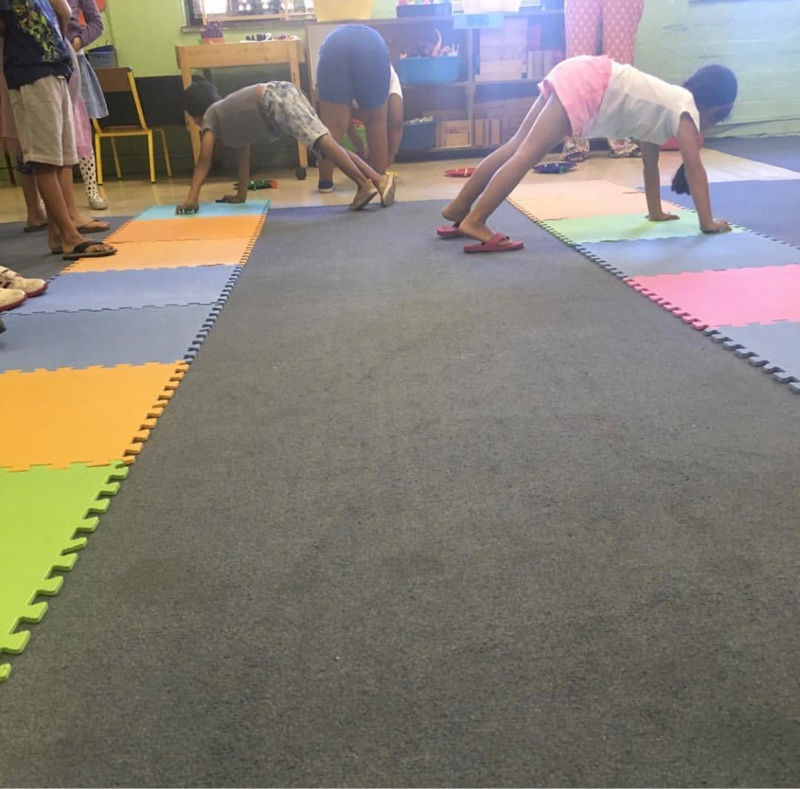Gross motor skills and handwriting: what muscles need to be developed first?
- arleneotkidz
- Feb 12, 2019
- 2 min read
In our last blog post, we spoke about the importance of gross motor skills and how it positively impacts your child’s ability to sit at a desk and learn. But let’s delve deeper into how gross motor skills affect handwriting.

The gross motor skills that are involved with handwriting are mainly for postural control purposes. These large groups of muscles of the trunk, shoulders and neck ensure that your child is able to keep themselves upright at a desk and look at the board with ease. Gross motor skills build the foundation, which allows your child to move their hands and fingers for writing.
As your child grows, development happens from the trunk then moves to the shoulders, elbows and finally, the hands. They first need to develop the muscles that are closer to their bodies (proximal) before developing the muscles that are further away (distal). Gross motor activities such as hopping, running, dancing and playing helps in developing proximal muscles (trunk and shoulders).
The muscles that are working and co-contracting in your child’s body are the pectoralis, the trapezius and the rhomboid muscles. These muscles need to stabilize the trunk and the shoulders to let the fingers hold the pencil and write smoothly.
Challenges with gross motor skills can be a cause for your child’s handwriting to be illegible and slow in the classroom. This can be due to proximal muscles not acting as a sufficient stabilizer for the distal muscles (which is needed for handwriting legibility and speed).
How will you know if the gross motor activities your child is partaking in will support handwriting? Look out for the ones that encourage postural control and that improves strength in the proximal muscles. Here are a few suggestions:
• Jumping on a trampoline
• Crawling
• Animal walks
• Making a balance beam with rope or chalk on the floor
• Playing musical statues
• Activities that requires hanging (monkey bars or hanging from a tree)
• Activities that requires climbing (using ropes and ladders at the park)
• Ball skills (throwing into a target and catching)
Here is a sneak peak of how we incorporate gross motor skills in our therapy sessions!
We use animal walks to encourage trunk and shoulder stability.

Jumping on paper plates might seem simple, but it gives a much required dose of gross motor fun.

We hope you enjoyed our two-part series on Gross Motor Skills. Keep an eye out for next week when we tackle Fine Motor Skills!
Have a great week!







Comments